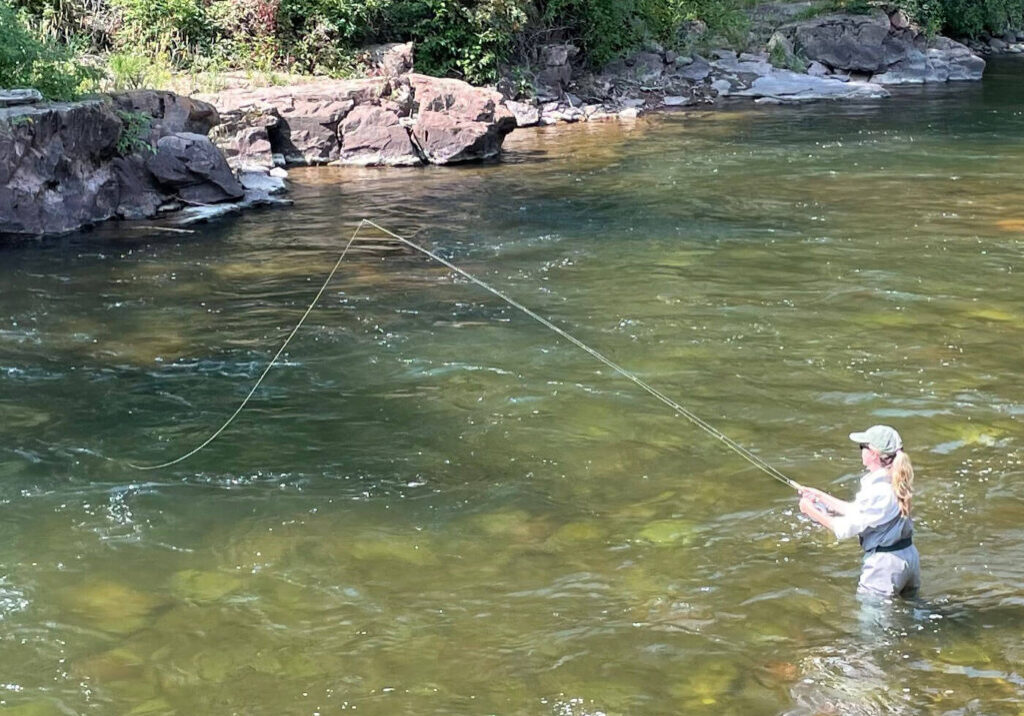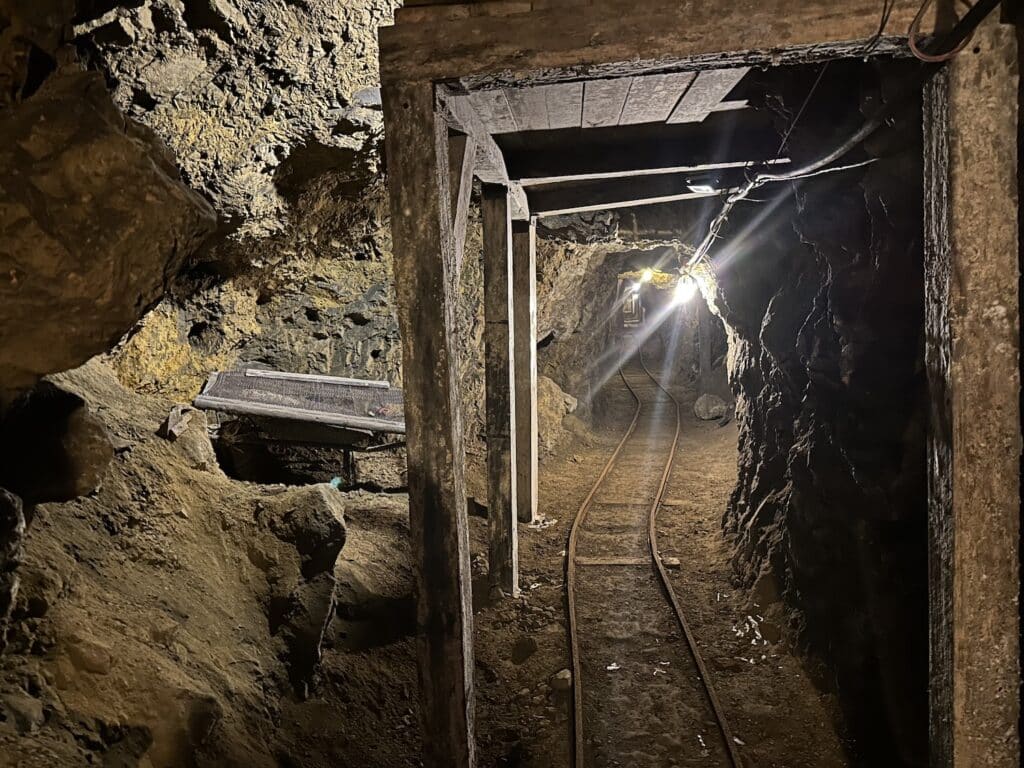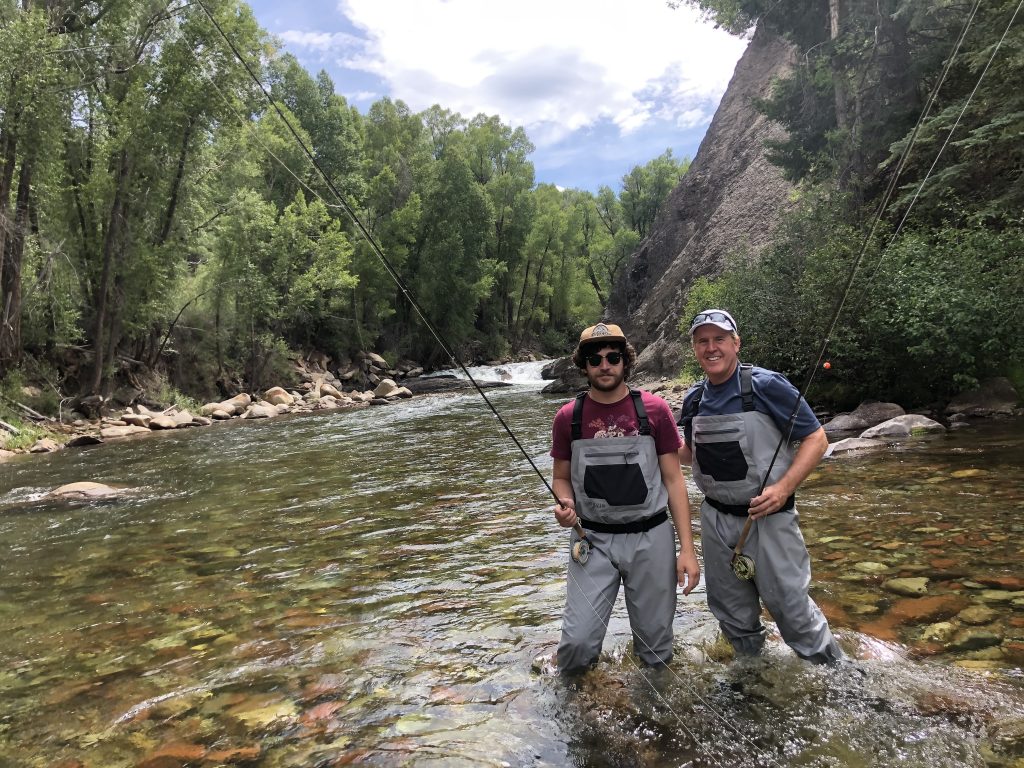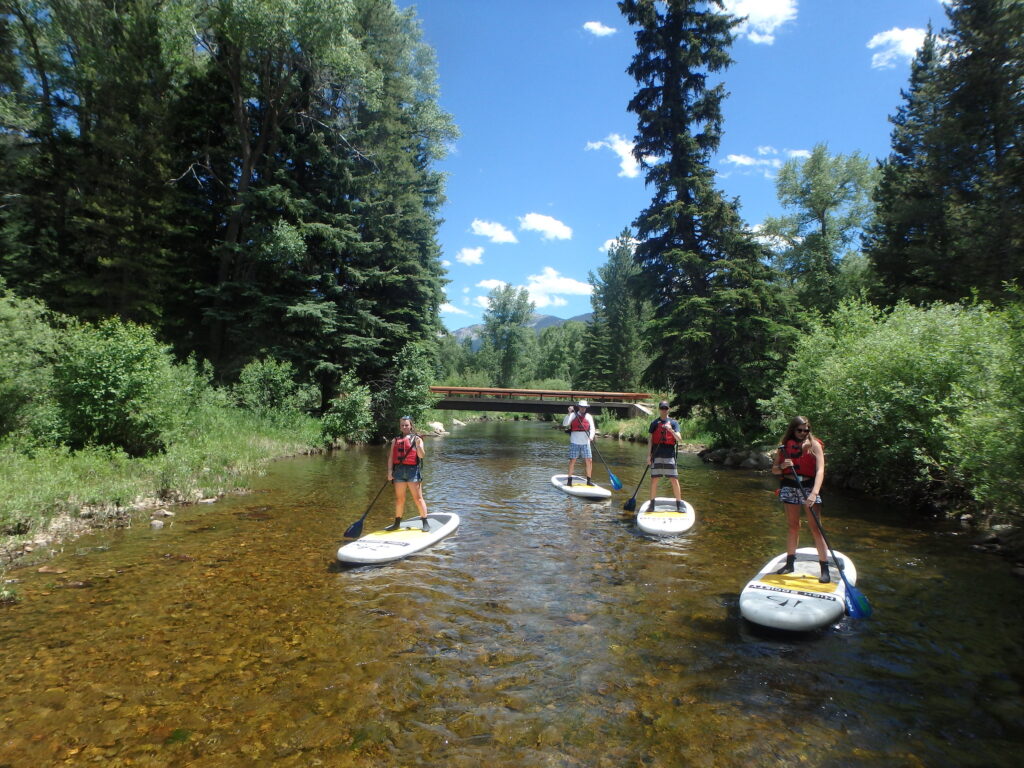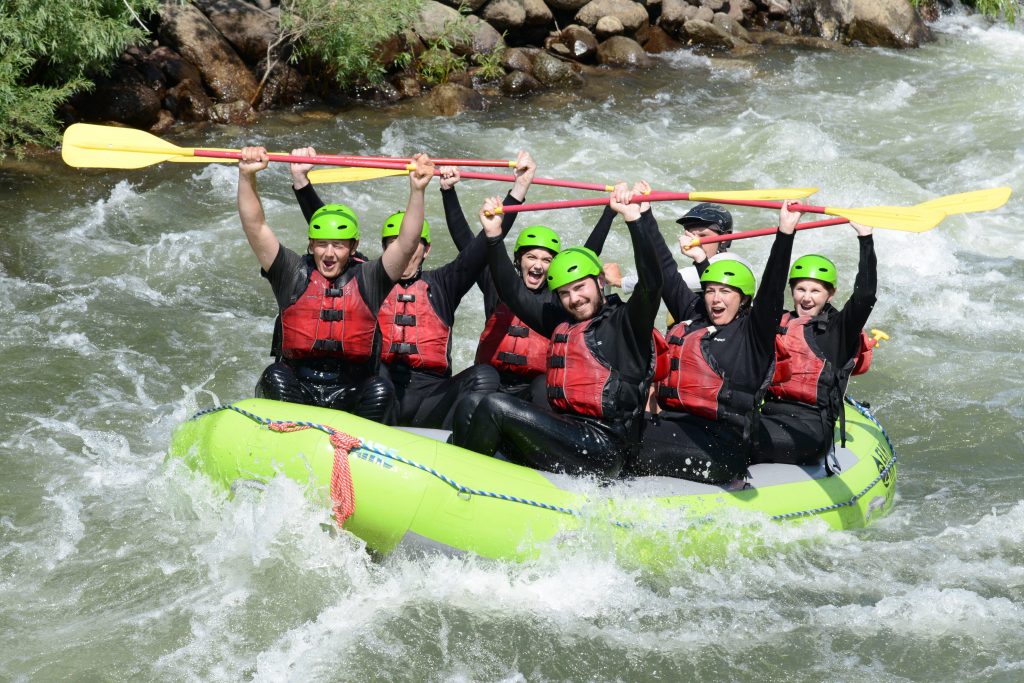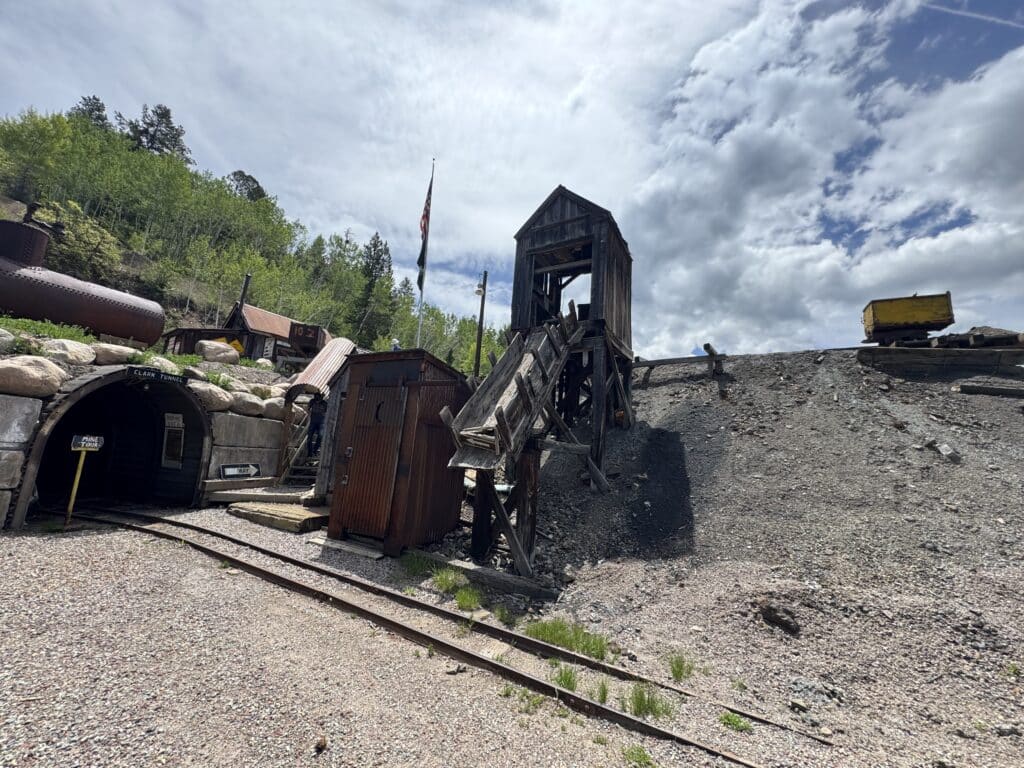The Best Seasons for Fly Fishing in Aspen, CO: An In-Depth Guide
Aspen, Colorado offers some of the most diverse trout water in the Rockies. The Roaring Fork, Fryingpan, and Crystal Rivers each present different challenges and rewards depending on the season. Understanding when and how each season fishes best will help you land more fish, enjoy better conditions, and make smarter trip decisions.
Elk Mountain’s guided fly fishing trips help you take advantage of those seasonal shifts with local insight and turnkey logistics.
Explore guided fly fishing trips
Spring (April – June)
Conditions
-
Snowmelt is high, rivers are full, and water clarity is often low in April and May.
-
By June, flows begin to drop and clarity improves — ideal for drifting and switch to dry flies.
Hatches & Food Sources
-
Blue‑Winged Olive (BWO): Earliest major hatch — great for dry flies.
-
Caddis (Mother’s Day Caddis): A Colorado classic hatch in May.
-
Stoneflies (Skwala / Golden Stones): Active in early runoff periods.
Fishing Strategy
-
Nymphing is key early, weighted patterns to get deep.
-
As water clears, dry flies become effective, especially during BWO and Caddis windows.
-
Streamers work in higher water for targeting aggressive, mobile trout.
Summer (July – September)
Conditions
-
Water levels stabilize and clarity improves.
-
Afternoon thunderstorms can affect surface conditions.
-
Prime “flush flow” windows may recharge river systems.
Hatches & Food Sources
-
Green Drakes: Big hatch in late June to early July.
-
Pale Morning Duns (PMDs): Steady through summer.
-
Terrestrials like grasshoppers, ants, beetles dominate late season.
-
Ongoing caddis & stonefly hatches.
Fishing Strategy
-
Focus dry fly fishing when hatches are active — choose your moments.
-
Use terrestrial patterns later in summer, especially near banks.
-
Nymphing remains effective during non-hatch periods, deeper runs.
Fall (October – November)
Conditions
-
Flow is low and water is clear — precise presentations become possible.
-
Cooler air and water temperatures send trout into feeding mode.
Hatches & Food Sources
-
Second peak BWO hatch in fall.
-
Midges dominate when other insect activity slows.
-
October Caddis particularly on the Fryingpan.
Fishing Strategy
-
Use small dry flies (BWOs, midges) during emergence windows.
-
Nymphs (tiny patterns) are productive, especially in slower water.
-
Streamers are effective — trout become more territorial and aggressive.
Why Fish in Fall?
-
Fewer anglers and more water to yourself.
-
Stunning fall foliage offers visual rewards.
-
Cooler water revs up feeding behavior.
-
Bonus: Pair a morning float with a Smuggler Mine Tour in the afternoon to mix history and nature.
Winter (December – March)
Conditions
-
Water is low and ultra-clear; ice may form on banks.
-
Cold weather dominates; only the hardiest anglers venture out.
Hatches & Food Sources
-
Midges are the primary hatch in warmer windows.
-
Occasional winter stoneflies.
Fishing Strategy
-
Nymphing with small midge and nymph patterns is your go-to.
-
Dry fly opportunities are rare — only on calm, sunlit patches.
-
Slow, deliberate streamer work might pull out bigger fish hiding in deeper holds.
Seasonal Comparisons
| Season | Best For | Conditions | Primary Flies & Strategies |
|---|---|---|---|
| Spring | Runoff, aggressive feeding | High, murky water | Weighted nymphs, early dry flies |
| Summer | Variety & classic hatches | Stable flow | Dry flies, terrestrials, nymphing |
| Fall | Clear water, solitude | Low, clear flow | Small dries, midges, streamers |
| Winter | Challenge, solitude | Cold, clear | Tiny nymphs, cautious streamer work |
Tips to Optimize Your Trip
-
Book early in prime seasons — summer and early fall fill fast.
-
Let guides advise on which rivers (Roaring Fork, Fryingpan) are fishing best that day.
-
Fish midday when water warms in fall and winter.
-
Use polarized lenses to spot fish in clear water.
-
Dress in layers — fall and spring are especially variable.
Seasonal Fly Fishing FAQs
When is the absolute best time to fish in Aspen?
That depends on your goals:
-
For insect-driven dry fly action: mid-summer (June–August) and fall BWO windows
-
For fewer crowds, clearer water, and scenic fishing: fall
-
For high water and dynamic fishing: spring runoff period
Is fly fishing good in winter?
Yes — for experienced anglers who understand midge hatches, deep pools, and cold strategies.
Which river should I fish in fall vs summer?
-
In summer, Roaring Fork and Fryingpan shine for classical hatches
-
In fall, Fryingpan often holds better insect life and more stable flows
Do I need a guide?
While not required, a guide dramatically increases your catch rate, especially in shoulder seasons. Elk Mountain guides tailor trips to current conditions.
Can I combine fly fishing with other Aspen activities?
Absolutely. A morning on the water followed by a Smuggler Mine Tour or scenic hike makes for a balanced, memorable day.


